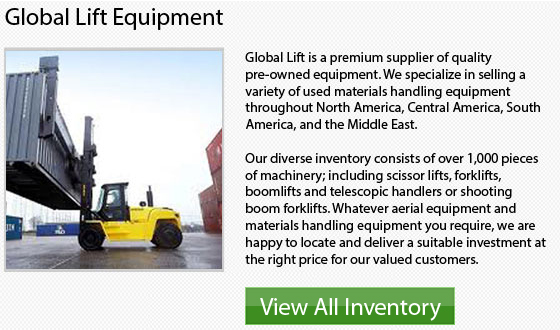
No matter what kind of business or industry you are a part of, it will be necessary to have a forklift if you have components or machinery to transport on a consistent basis. Whenever you are in a situation that you should move things that are too heavy for 2 or 3 people to move on their own, or objects which should be raised, a piece of machinery is essential.
Since the 1920s, factories have been using lifts to save both time and money by making sure that their lifting power is used more efficiently. For instance, having a load capacity of 1 to 5 tons, and moving heavy pallets across the building from one place to another or even from shelving high to the ceiling down to the floor, the workload is much more evenly distributed on a forklift. These pieces of heavy industrial machines have changed the way that the material handling business works.
The lift truck is the equivalent to factories heavy duty equipment. The driver sits inside the cab and there is a dashboard available that displays all of the controls, levers and readouts. With an overhead guard, the operator is also protected from spills that could accidentally occur up above.
The tines and forks are utilized for different tasks, and could be moved to meet certain requirements. These machinery can also tilt their forks back and forth in addition to typical lowering and raising. The forks could move sideways as well. They can be spread out or moved in manually for pallets which are smaller.
For forklifts, there are numerous types of available fuel sources. These machinery could be operated by hand, electrically with a battery, or need an IC engine. The electric models can either be DC or AC. They could run with a battery or fuel cells. Usually, the gas tank is located behind the drivers' seat and there different options regarding the type of gas used. The equipment starts up with a key in order to help stop unauthorized people from gaining access to them.
These machines could be adapted to suit your specific requirements and there are a variety of pallet jacks, which are smaller lift trucks operated by hand or electrically. There are much larger units available as well, such as the order pickers. Larger warehouses and some companies can utilize a combination of machines, since they depend on various sizes for different areas inside the building.